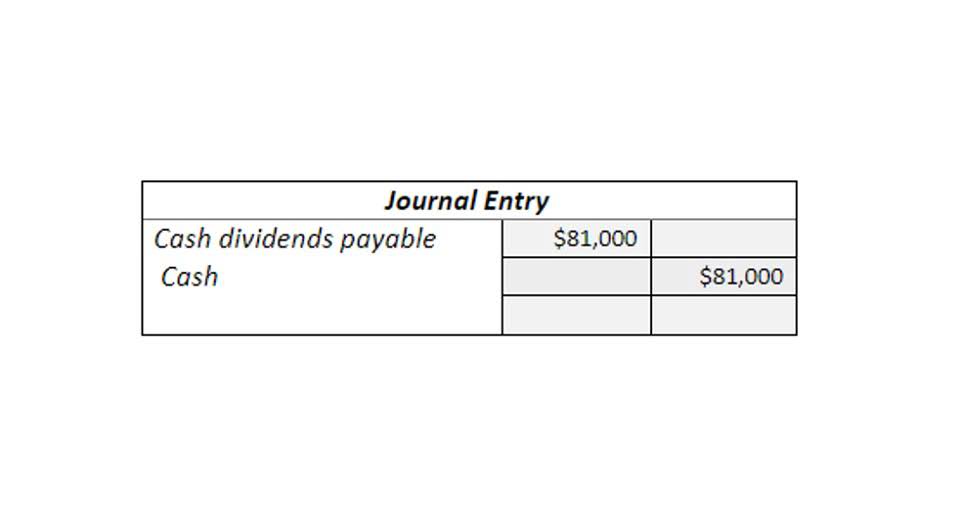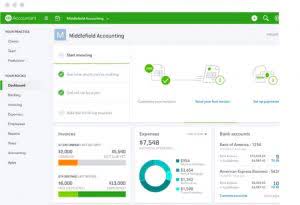

You then take last year’s working capital number and subtract it from this year’s working capital to get change in working capital. Change in working capital is the change in the net working capital of the company from one accounting https://www.bookstime.com/ period to the next. This will happen when either current assets or current liabilities increase or decrease in value. The change in working capital formula is straightforward once you know your balance sheet. A business has negative working capital when it currently has more liabilities than assets.
- For example, imagine the appliance retailer ordered too much inventory – its cash will be tied up and unavailable for spending on other things (such as fixed assets and salaries).
- You’ll need to tally up all your current assets to calculate net working capital.
- For example, you can create a financial dashboard that tracks working capital (and related metrics such as liquidity ratios) in real time.
- If a company chooses to spend more on inventory to increase its fulfillment rate, it will use up more cash.
- For example, a service company that doesn’t carry inventory will simply not factor inventory into its working capital calculation.
- When the time comes to repay your friend, you might not have enough cash because you haven’t sold enough inventory to pay for the warehouse.
- A large positive measurement could also mean that the business has available capital to expand rapidly without taking on new, additional debt or investors.
もくじ
HighRadius Named an IDC MarketScape Leader for the Second Time in a Row For AR

Instead of calculating working capital manually, you can just look at working capital as a figure on your screen and monitor liquidity ratios to determine if your current working capital is sufficient. Centralise financial data into one place so it’s easy to track the information you need. For example, you can create payroll a financial dashboard that tracks working capital (and related metrics such as liquidity ratios) in real time. In the balance sheet above, £1,000 worth of assets are financed through current liabilities, while £40 is financed through profit on sale of 20 units (20 units x £2/unit profit).
- Understanding changes in cash flow is also important if you are applying for a small business loan.
- Only when there are big differences in changes in working capital will you see a divergence between FCF and owner earnings.
- Using hedging strategies to offset swings in cash flow can mitigate unexpected changes in working capital.
- You don’t want excess working capital lying around because it comes with an opportunity cost.
Everything You Need To Master Financial Modeling
- Retailers must tie up large portions of their working capital in inventory as they prepare for future sales.
- Working capital, also called net working capital, is the amount of money a company has available to pay its short-term expenses.
- Wide swings from positive to negative working capital can offer clues about a company’s business practices.
- Buffett isn’t going into the specifics of whether to add or subtract the number.
- Put simply, maturity matching is the idea of financing short-term assets with short-term financing and long-term assets with long-term financing.
- Until the payment is fulfilled, the cash remains in the possession of the company, hence the increase in liquidity.
Buffett’s brief mention of working capital in his letter when he first brought up the idea of owner earnings honestly made things even more confusing. And Apple’s Deferred Revenue is not increasing, suggesting that one of its major future growth themes — services — has a long way to go, whereas Microsoft’s transition is well underway. Without showing you the numbers first, my initial guess is that because Microsoft is mainly a software business, their change in working capital should be positive. Read this page slowly, and download the worksheet to take with you because the whole topic of changes in working capital is very confusing. The interpretation of either working capital or net working capital is nearly identical, as a positive (and higher) value implies the company is financially stable, all else being equal.

What Is the Formula for Cash Flow?
Lenders will often look at changes in working capital when assessing a company’s management style and operational efficiency. Both current assets and current liabilities are found on a company’s balance sheet. Working capital represents the difference between a firm’s current assets and current liabilities. Working capital, also called net working capital, is the amount of money a company has available to pay its short-term expenses. Current liabilities include accounts payable, short-term notes payable, current tax payable, accrued change in net working capital formula expenses, and other short-term payables.

Is Negative Working Capital Bad?

Net working capital, often abbreviated as NWC, is like a financial health report card for a business. It shows the difference between what a business owns (like cash, goods, and money others owe them) and what it owes to others. For instance, if NWC is negative due to the efficient collection of receivables from customers who paid on credit, quick inventory turnover, or the delay in supplier/vendor payments, that could be a positive sign. Check if you’re overpaying for software subscriptions or office supplies or spending way too much on company retreats. Track your operational and non-operational expenses and see if there’s room to trim any of them.
- Current assets include cash (and cash equivalents), marketable securities, inventory, accounts receivable, and prepaid expenses.
- Understanding the cash flow statement, which reports operating cash flow, investing cash flow, and financing cash flow, is essential for assessing a company’s liquidity, flexibility, and overall financial performance.
- Conversely, a positive change indicates that Current Liabilities are outpacing Current Assets.
- The risk is that when working capital is sufficiently mismanaged, seeking last-minute sources of liquidity may be costly, deleterious to the business, or, in the worst-case scenario, undoable.
- For example, if you have $1.35 million in cash, $750,000 worth of products, $58,000 in short-term investments, and $560,000 in accounts receivable, your total current assets would be $2.158 million.
- The company has a claim or right to receive the financial benefit, and calculating working capital poses the hypothetical situation of liquidating all items below into cash.























